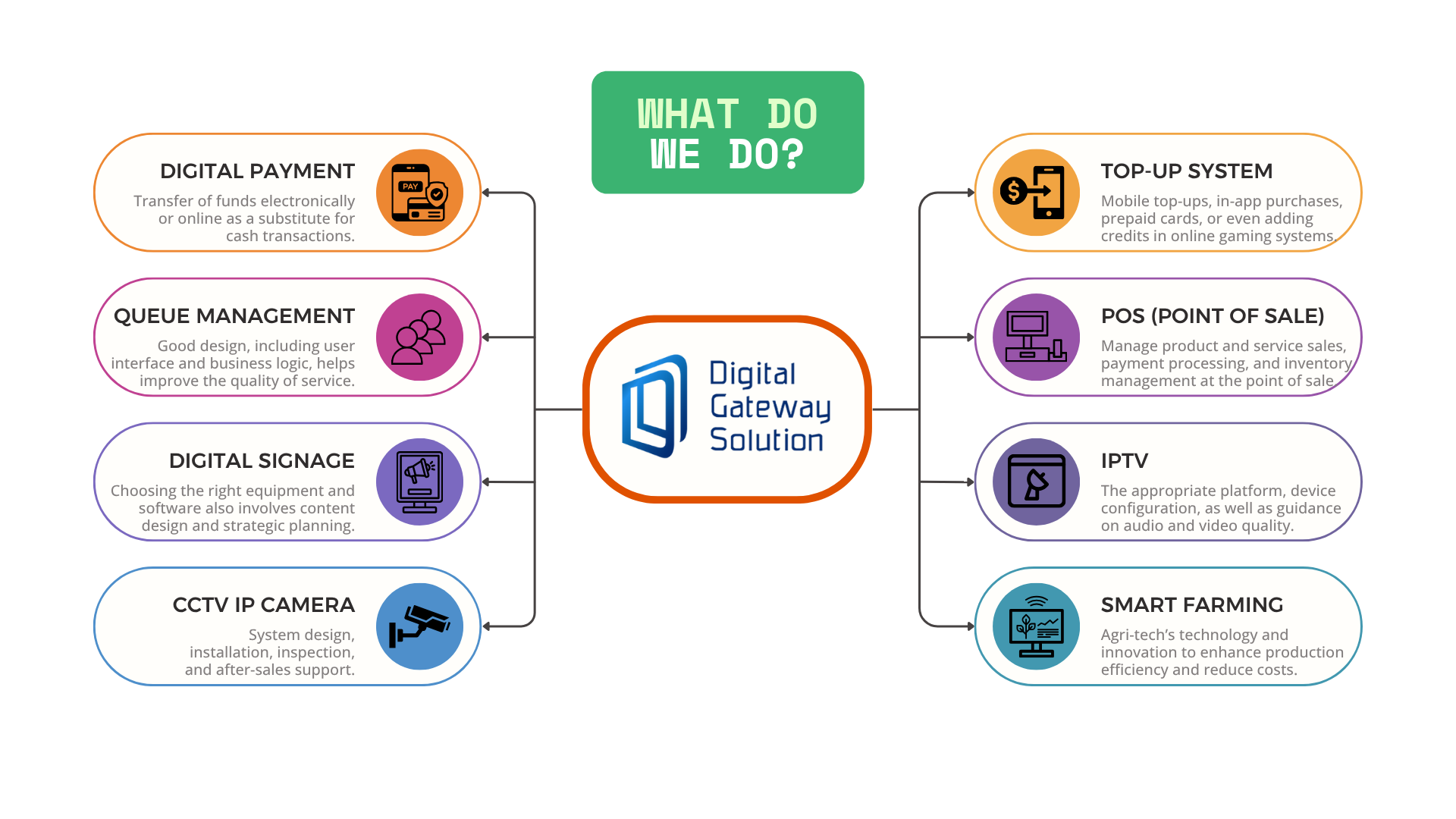
Digital Payment
Digital payment refers to the transfer of money from one account to another using digital media, such as online banking transfers, digital wallets (e-wallets), credit/debit cards, or digital currencies.
Types of Digital Payment Systems:
-
Credit/Debit Cards: Using physical or digital cards to make payments online or at physical stores.
-
Mobile Wallets: Digital wallets stored on smartphones that allow users to make payments via their mobile devices.
-
Online Banking: Payments made through bank websites or mobile banking apps.
-
Peer-to-Peer Transfers: Apps or services that enable direct money transfers between individuals.
-
QR Code Payments: Scanning a merchant’s QR code to initiate payment.
-
Digital Currencies: Using cryptocurrencies like Bitcoin for transactions.
-
Bank Transfers: Direct transfers from one bank account to another.
-
Mobile Money: Using mobile networks to send and receive money.
Flowpay x IPST
(KBank Partner)
Flowpay is a digital payment system specially designed for small business owners.
Flowpay was developed to specifically address these challenges. We understand that small entrepreneurs need a system that is easy to use, flexible, and can be started without heavy upfront costs. Therefore, Flowpay is designed to be more accessible than other options in the market, offering:
✅ Simple sign-up process with no complex commitments or extensive paperwork; no need for a detailed financial history.
✅ Ready-to-use system enabling users to start accepting payments quickly without depending on developers.
✅ Fair fees tailored for small businesses, protecting your profit margins.
✅ Dedicated support team offering guidance and assistance every step of the way, like a true partner.
Importantly, Flowpay is developed in partnership with IPST Thailand, an official partner of Kasikornbank Public Company Limited (KBank), ensuring security, reliability, and financial institution-level service standards.
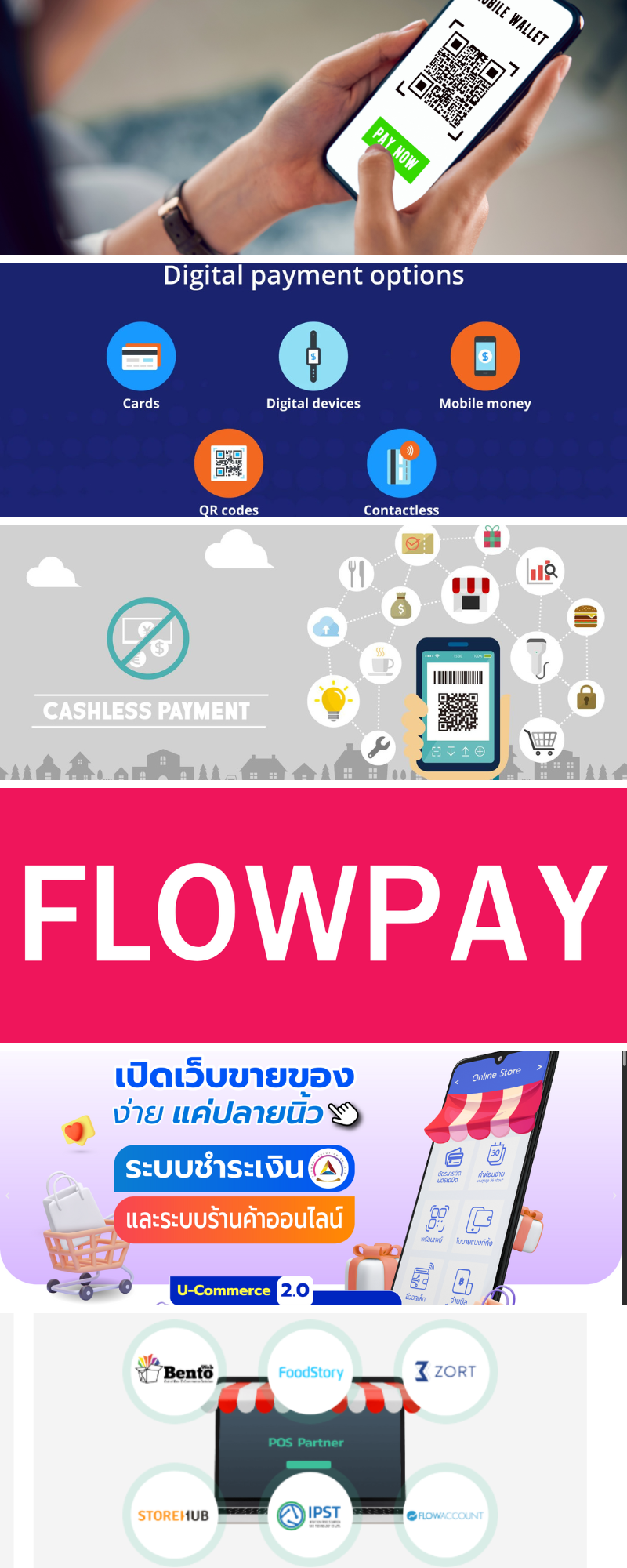

Top-Up System
Key Components of a Top-Up System
-
Payment Channels
Users can top up their accounts through various channels such as web browsers, mobile apps, payment kiosks, online banking, or authorized retail outlets.Processing System
The system verifies the accuracy of the information, including the top-up amount, account number, or card code, to process the transaction and update the balance accordingly.Database
Stores information about user account balances and top-up transaction history for security and audit purposes.Notification System
Sends alerts or notifications to users about the top-up status, such as confirmation of successful transactions or error messages.
Queue Management
A queue management system is an essential part of various service locations such as banks, hospitals, and customer service centers. Its main purpose is to improve orderliness, organize customer sequence, reduce waiting time, and enhance service efficiency. This article explores the design and operation of a simple queue management system, focusing on key concepts related to data structures, user interaction, and system functionality.
Main Components
-
User Interface: Allows both customers and staff to interact with the system. Customers can join the queue and view their position, while staff can manage the queue efficiently.
-
Queue Data Storage: Typically uses data structures such as lists or linked lists to store customer information.
-
Operational Logic: Manages adding customers to the queue, serving customers, and removing customers from the queue.
How It Works
-
Adding Customers: When a customer arrives, they receive a queue number and are added to the end of the queue.
-
Serving Customers: The system retrieves the first customer in the queue for service.
-
Removing Customers: After service is completed, the customer is removed from the queue, and the next customer is called.
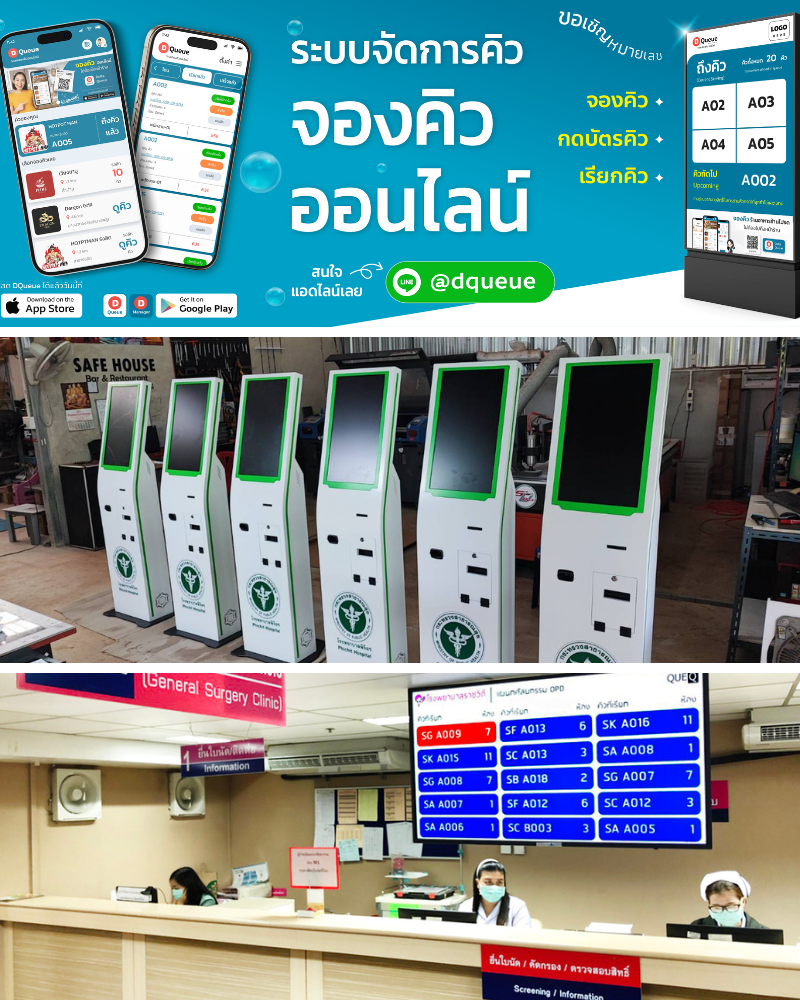
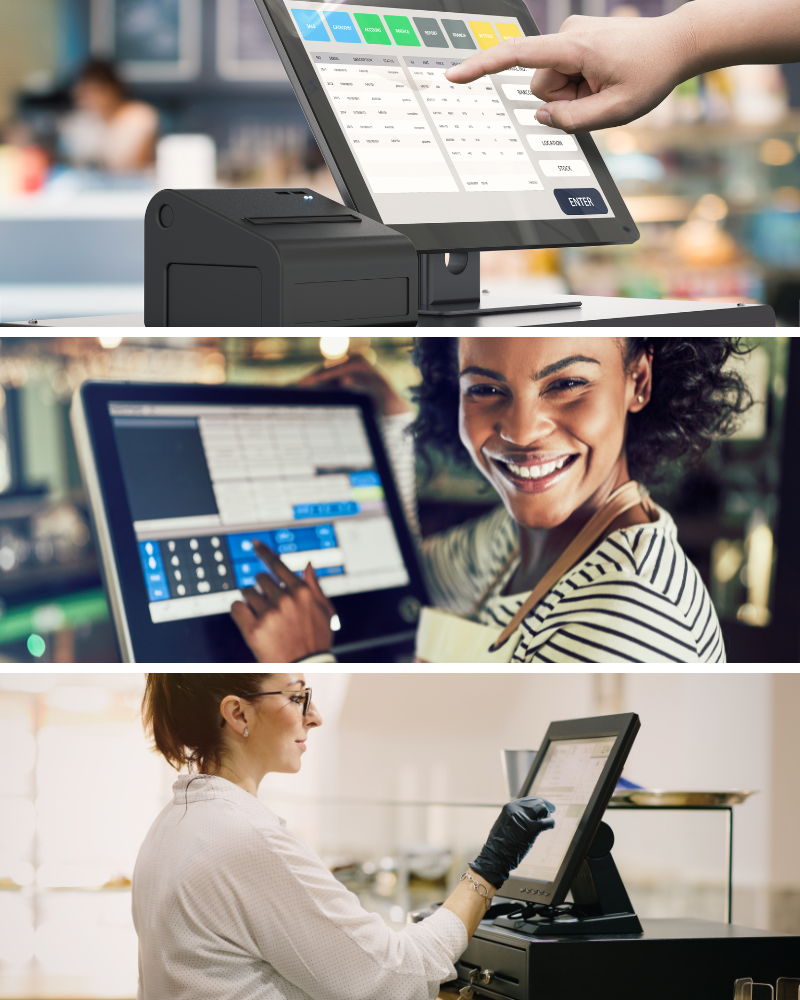
POS (Point of Sale)
-
Payment Acceptance
The POS system enables businesses to accept payments from customers in various forms, such as cash, credit cards, debit cards, and mobile payments.Inventory Management
The POS system helps businesses easily track and manage inventory, reducing stockouts and minimizing excess inventory.Billing and Receipt Issuance
The POS system can quickly and accurately generate bills and receipts.Reporting
The POS system provides insights on sales, best-selling products, and inventory levels, helping businesses plan and make informed decisions effectively.Customer Data Management
The POS system can store customer information, enabling businesses to build customer relationships and offer targeted promotions.Employee Management
The POS system can record employee working hours and assist in managing cash in the register.
Digital Signage
Digital Signage: Enhancing Communication with Digital Displays
Digital Signage is a technology that creates impressive and effective communication with target audiences through the use of digital display screens to present information, advertisements, or news with attractive and engaging designs. This can be applied in stores, offices, train stations, or public spaces.
Consulting services for Digital Signage are essential for businesses and organizations seeking to utilize this technology efficiently. Our consulting covers not only the selection of appropriate hardware and software but also content design, presentation strategy, real-time content management, and data analytics to measure success.
If you are interested in integrating Digital Signage to enhance your brand image and communicate effectively with your customers, we are ready to provide expert advice and guide you in implementing the best solutions tailored to your business.

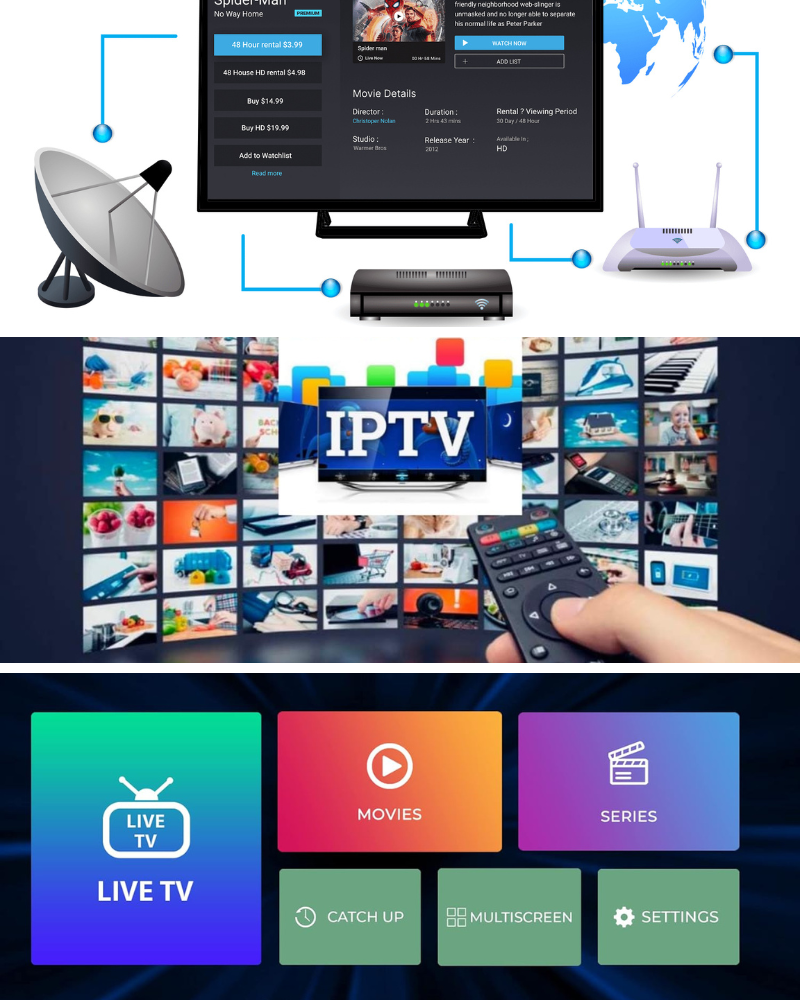
IPTV
IPTV: A New Choice for Entertainment in the Digital Era
In an era of rapidly advancing technology, entertainment via IPTV has become an increasingly popular option. IPTV, or Internet Protocol Television, allows viewers to watch TV through the internet, providing convenience and a wide variety of programs to choose from. It offers high-quality images and sound and can be accessed anytime, anywhere.
IPTV consulting is therefore essential for those interested in starting or improving IPTV services to meet their specific needs. Consulting may cover selecting the appropriate platform, device setup, content management, as well as advice on audio and video quality to ensure the best user experience.
If you are looking for ways to enhance your entertainment convenience or are interested in free or paid IPTV services, we are always ready to provide consultation and recommend solutions tailored to your needs.
CCTV IP Camera
Consultation and System Design
Our experts will help you choose the right camera based on your area and budget, including installation planning to ensure full coverage and efficiency.
Troubleshooting Support
If you encounter any issues with your cameras or system, our specialists are ready to provide guidance and resolve problems effectively.
After-Sales Service
We offer maintenance and system upgrades to ensure your equipment continues to perform at its best.
Coverage and Performance
Our consulting services ensure that the CCTV system you choose is cost-effective and delivers reliable security performance.

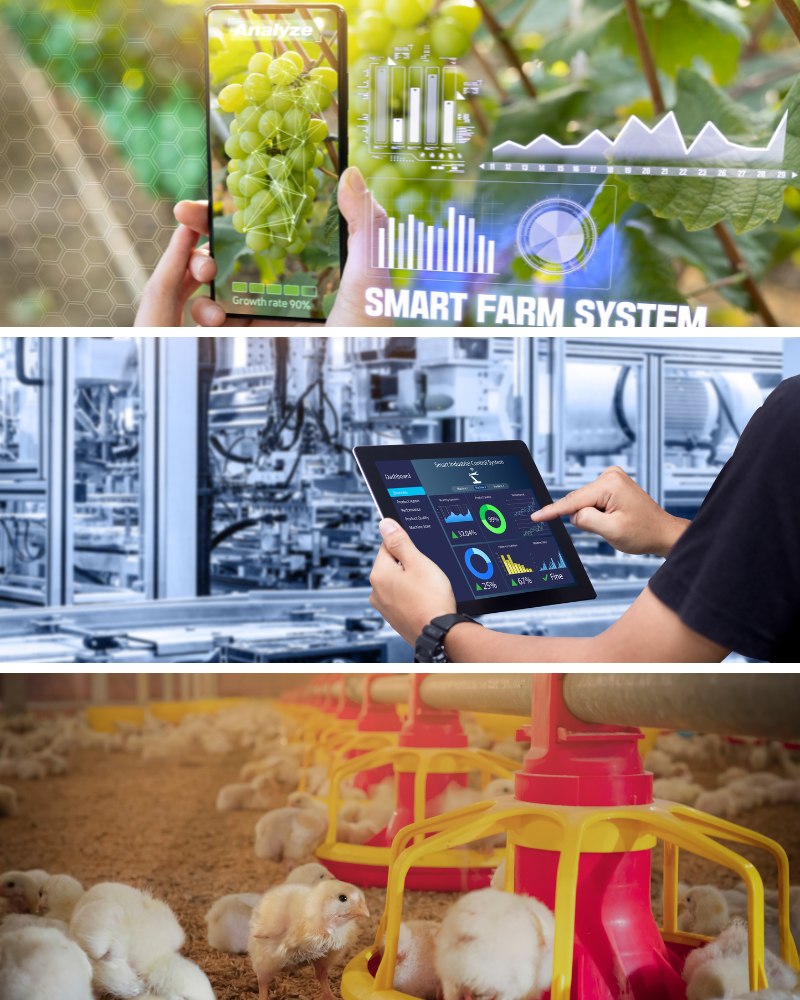
Smart Farming
Key Components of a Smart Farming System
-
Sensor Usage
Sensors collect environmental data such as temperature, humidity, light intensity, and soil conditions.Data Analysis
Information gathered from sensors is analyzed to assess crop conditions and improve management decisions.Automated Control
The system can automatically control various devices such as irrigation systems, climate control, and pest management systems.Use of Information and Communication Technology (ICT)
ICT enables farmers to access data and remotely control systems via mobile devices.Utilization of Artificial Intelligence (AI)
AI can be used to forecast weather, estimate crop yields, and provide recommendations for optimal farm management.
